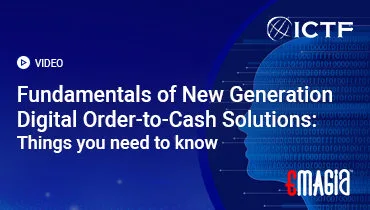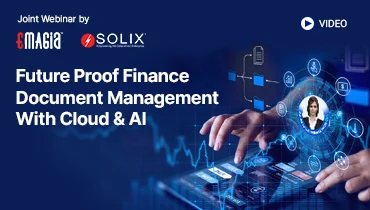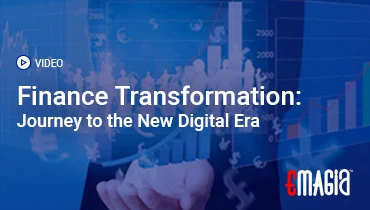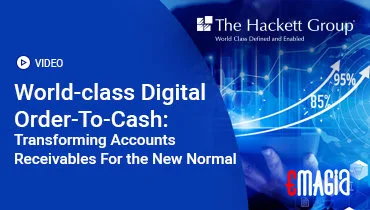1. Introduction
1.1 What is Settlement Interchange Optimization?
Settlement Interchange Optimization refers to the process of minimizing transaction costs by optimizing how and where card payments are settled. It’s a strategic method used by businesses to cut interchange fees and maximize revenue.
1.2 Why “Settlement Interchange Optimization” Matters in Finance
Optimizing settlement processes not only reduces operational costs but also improves authorization rates, enhances customer experience, and ensures efficient global transaction handling.
1.3 Scope & Structure of This Guide
This guide covers everything from fundamentals of interchange fees to advanced optimization strategies, technologies, real-life case studies, and how Emagia can support your business.
2. Fundamentals of Interchange Fees
2.1 A Deep Dive into Interchange Fees: Visa, Mastercard, and Beyond
Merchants pay interchange fees to the banks that issue customer payment cards. Rates differ depending on the card network, type of transaction, and geographic location.
2.2 Interchange Categories: Qualified, Mid-qualified, and Unqualified
Each transaction falls under a category depending on how well it meets specific data and timing requirements. Downgrades can increase fees significantly.
2.3 Variability: Rates, Frequency & Regulation
Card networks update interchange rates twice a year, and regional regulations may affect how rates are applied.
3. Core Strategy: Settlement Interchange Optimization
3.1 What Exactly is Settlement Interchange Optimization?
This involves optimizing which acquirer processes the transaction and when the settlement occurs, targeting the lowest possible fees.
3.2 Objectives: Reduction in Interchange & FX Fees
It aims to lower processing costs by eliminating unnecessary cross-border charges and by aligning settlement timing with favorable rate categories.
3.3 When It’s Worth Implementing
Typically, businesses with over $100,000/month in cross-border card sales will see measurable savings.
3.4 Savings Expectations: 1%+ & Beyond
Effective optimization can lead to 1–5% savings on processing costs, boosting net revenue significantly.
4. How It Works: Mechanisms & Technical Architecture
4.1 Multi-Processor Routing by Card Type & Region
Transactions are routed to the best acquiring bank based on the card’s origin, reducing fees and improving success rates.
4.2 Settlement Timing & Authorization Tactics
Fast settlement, authorization refresh, and partial reversals play a vital role in qualifying for better interchange categories.
4.3 Required Technical Infrastructure
Businesses must integrate logic to detect card origin and route transactions accordingly through payment gateways.
4.4 Enhanced transaction data and tools like 3-D Secure help boost both efficiency and security
Providing rich transaction data and secure authentication lowers risk and improves interchange classification.
4.5 Limitations & Scope
This optimization applies mainly to online transactions and is less applicable for card-present or retail transactions.
5. Business & Regulatory Considerations
5.1 Acquiring Licenses & Business Presence Rules
To access regional acquirers, merchants may need local business entities and compliance with regulatory requirements.
5.2 Incorporation & Tax Implications
Establishing foreign business units can involve legal, tax, and accounting complexities.
5.3 Compliance & Card Network Rules
Businesses must follow card network mandates and avoid prohibited card steering tactics.
5.4 Processor Selection for Interchange Optimization
Not all processors support optimization; choose partners with global routing capabilities and local acquiring support.
6. Who Benefits Most
- International e-commerce companies
- B2B & government vendors
- High-volume online retailers
- Mid-sized firms scaling internationally
7. Interchange Optimization Tactics
7.1 Routing Strategy & Processor Mix
Leverage multiple acquirers and route transactions based on card geography and network.
7.2 Prompt Settlement (Within 24h)
Timely settlement helps maintain qualified interchange rates and avoid downgrades.
7.3 Enhanced Auth Methods
Enhance approval rates and minimize declines by implementing robust authentication, retry mechanisms, and partial capture tactics.
7.4 Data-Rich Submissions
Providing Level 2 and Level 3 data can help corporate and government card payments qualify for reduced processing fees.
7.5 Security & Fraud Mitigation
Tokenization, encryption, and fraud screening help improve transaction trustworthiness.
7.6 Ongoing Negotiations & Rate Reviews
Regular reviews of your processing costs and periodic re-negotiation with processors can sustain savings.
8. Case Examples & ROI Analysis
Businesses using optimization techniques have seen a 1%–5% reduction in processing costs. Higher transaction volumes and global reach can significantly boost return on investment.
9. Challenges & Pitfalls
- Technical complexity and integration cost
- Regulatory requirements in multiple jurisdictions
- Vendor dependency risks
- Customer confusion over authorization methods
10. Choosing a Partner for Optimization
10.1 Core Capabilities Checklist
Ensure your vendor supports global routing, local acquiring, Level 2/3 data, and optimization logic.
10.2 Vendor Examples
Checkout.com, Corepay, and Emagia offer advanced interchange optimization features.
10.3 Cost vs. Benefit Calculation
Evaluate the upfront implementation cost against projected annual savings.
10.4 Implementation Timeline
Typically spans 2–6 months including integration, compliance, and testing.
11. How Emagia Helps
11.1 Emagia’s Settlement Interchange Optimization Platform
Emagia uses AI to optimize payments through intelligent routing, improved authorization rates, and seamless global settlement.
11.2 Key Features
- Multi-acquirer routing
- AI-driven authorization refresh
- Level 2/3 data enrichment
- Smart FX settlement
- Real-time analytics
11.3 Client ROI & Success Stories
Emagia customers report significant processing fee savings, improved payment approval rates, and enhanced visibility.
11.4 Emagia vs. Traditional Processors
Unlike basic gateways, Emagia offers full-stack global optimization with built-in compliance, analytics, and AI learning.
FAQs
What is settlement interchange optimization?
It’s a method of reducing credit card processing fees by optimizing how and where payments are settled.
How does interchange optimization reduce fees?
By routing transactions to lower-cost acquiring banks and using timely, enriched data to qualify for lower fee categories.
Who should implement settlement interchange optimization?
Ideal for cross-border e-commerce companies, high-volume businesses, and merchants with significant corporate or government card transactions.
When is it worth doing settlement interchange optimization?
When your international card volume exceeds $100,000/month, optimization can yield major cost savings.
What are the limitations of interchange optimization?
It may not apply to in-person payments and requires sophisticated routing technology and compliance efforts.



